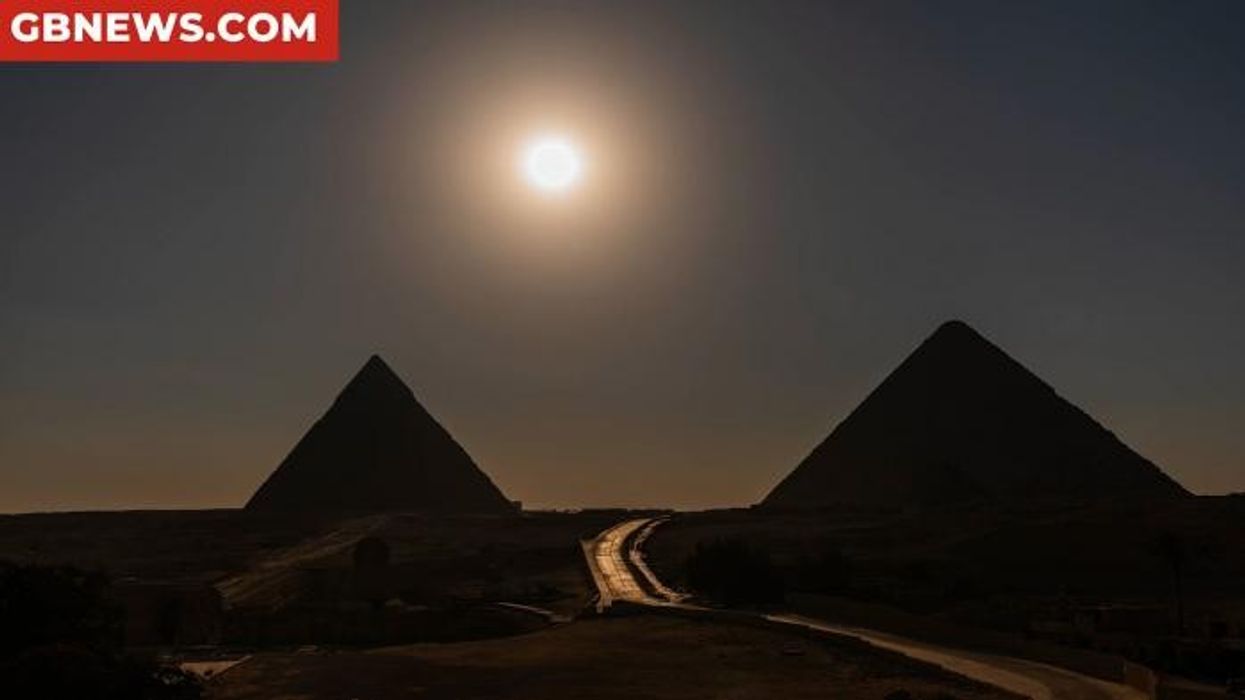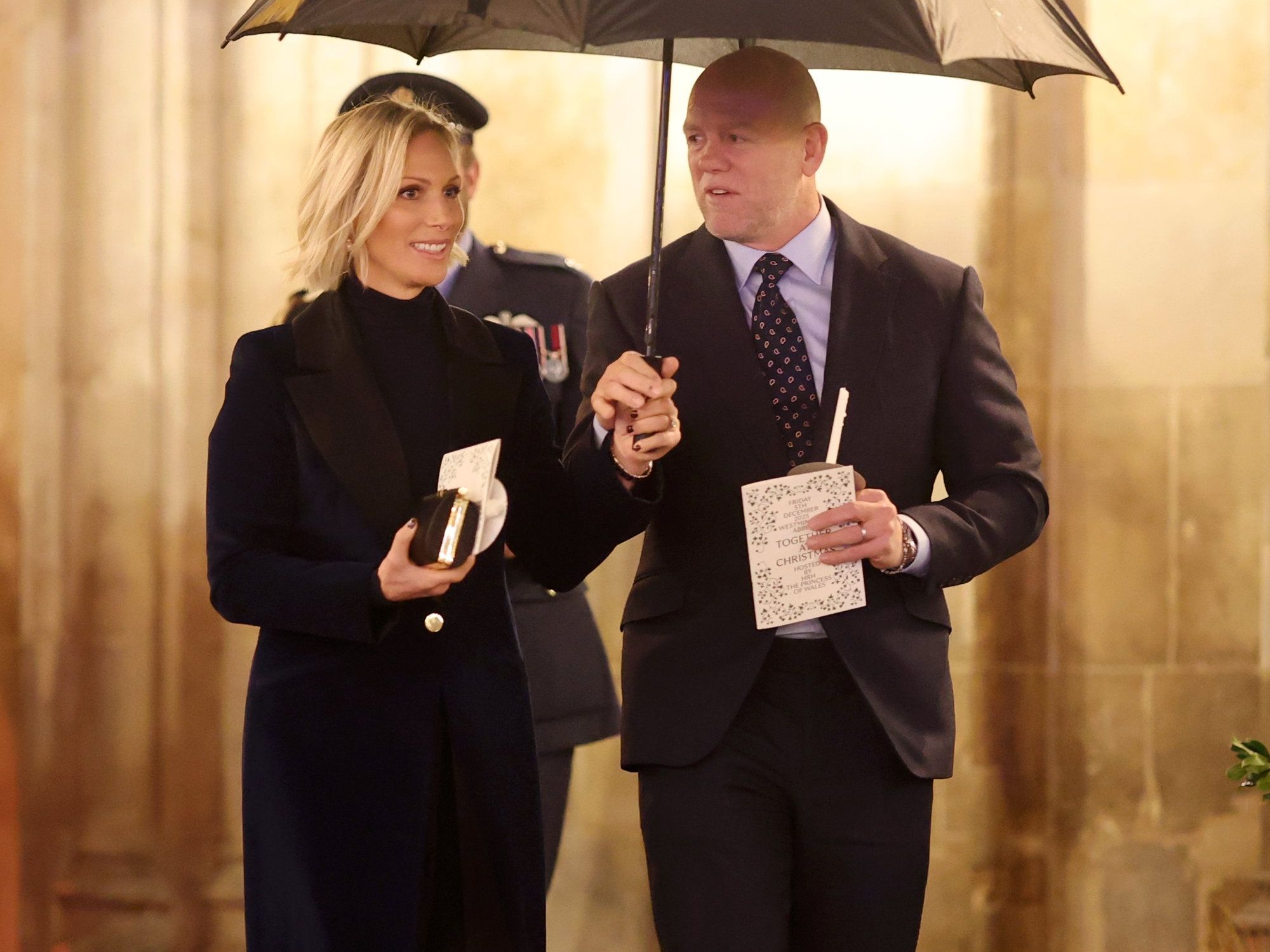Archaeology breakthrough as iron age settlement unearthed in Britain after swords were found hidden in Roman courtyard

The Roman cavalry swords were found at the site two years ago
Don't Miss
Most Read
An Iron Age Roman settlement has been uncovered by archaeologists in Gloucestershire.
The excavation, near to the Costwolds village of Willersery, has revealed what could be evidence of a Roman villa.
The dig follows the discovery of two iron Roman cavalry swords at the site two years ago during a metal detecting rally.
The historic weapons were found by Glenn Manning during what was only his second time using a metal detector.
He said: “Finding two swords in the same spot was amazing.
“The morning before the rally, I had a feeling I would find something special.
“This was only my second time metal detecting. I’m excited to find out more about them.”
The discovery prompted geophysical surveys of the area by Historic England, which revealed the possibility of extensive prehistoric and Romano-British remains.
LATEST DEVELOPMENTS:
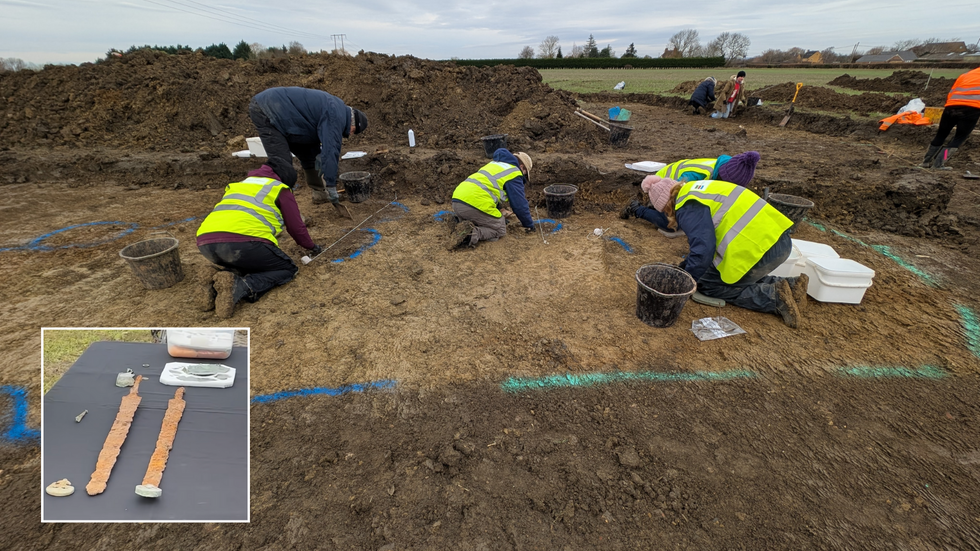
The two Roman swords were found during an archaeological dig at the site in 2023
|PA/Historic England
Excavations earlier this year found evidence of settlements spanning several centuries.
These include three or four Iron Age ring ditches, a substantial rectangular enclosure and remains of Roman limestone buildings, which could be a winged villa.
Archaeologists also uncovered an Iron Age burial, human remains and a buried horse skull, Historic England said.
It is believed the long swords discovered two years ago, or “spatha”, were used by the Romans on horseback from early in the second century through to the third.
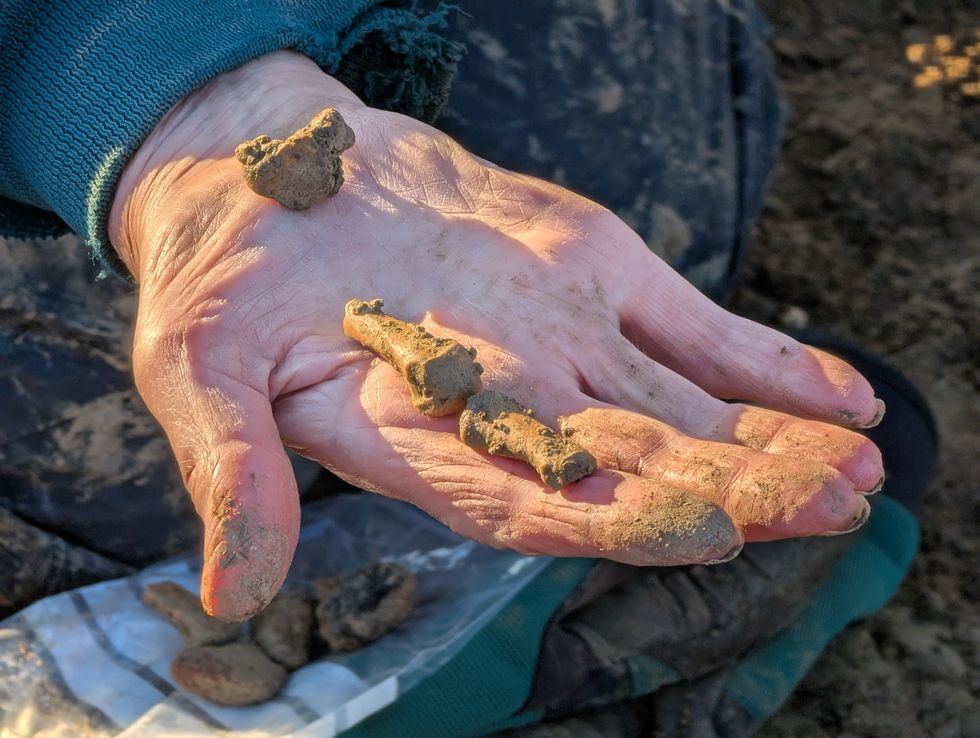
What could be evidence of a Roman villa was discovered during the archaeological dig
|PA
They are contemporary with the villa, but it is not known how they came to be there.
It is hypothesised that the swords may have been stashed in a Roman courtyard or garden in order to prevent them landing into the hands of the Saxons, The Guardian reports.
They have been donated to the Corinium Museum in Cirencester and will be available for public viewing from August 2.
Ian Barnes, senior archaeologist at Historic England, said: “This excavation provides valuable insights into the nature of settlement patterns from the Early Iron Age through to the Roman period in Gloucestershire.
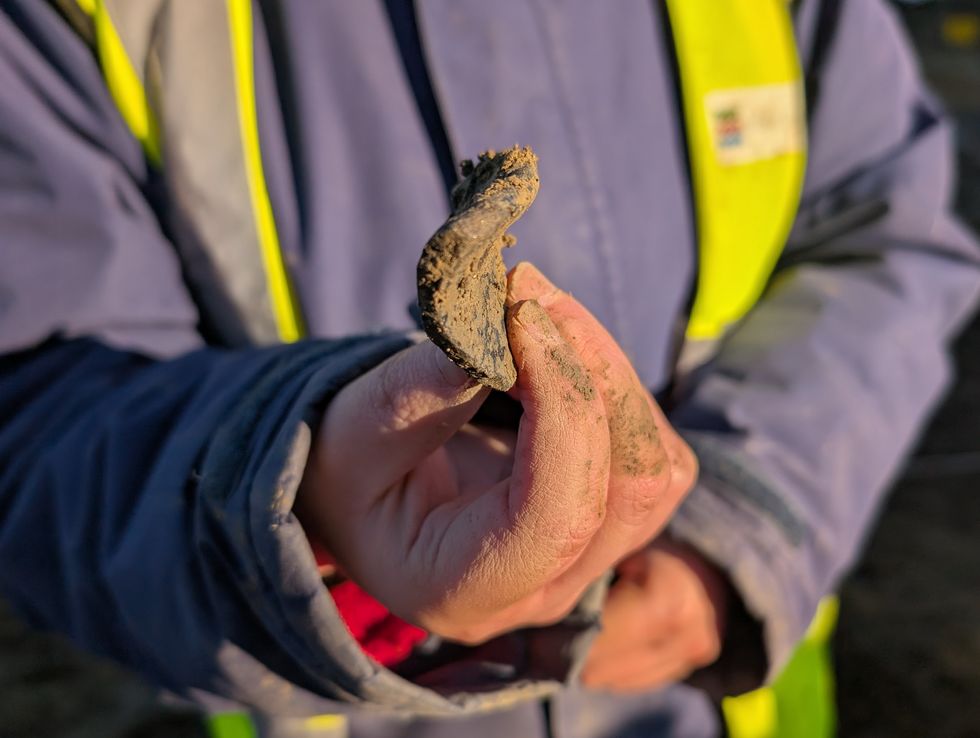
Remains of Roman limestone were discovered during the excavation
|PA
“This new evidence will help us to understand more about what happened around the period of the Roman Conquest, which must have been a tumultuous time.”
Peter Busby, from Cotswold Archaeology, said the team of volunteers, archaeologists and metal detectorists who worked at the site had turned a ploughed field into the "the story of a settlement spanning hundreds of years" through the dig.
More archaeological work is required and Historic England could then recommend to the Department for Culture, Media and Sport (DCMS) that the site be protected as a scheduled monument.
In another recent archaeological discovery, inscriptions were found at the Great Pyramid in Egypt which suggest paid workmen were responsible for building it, rather than slaves.
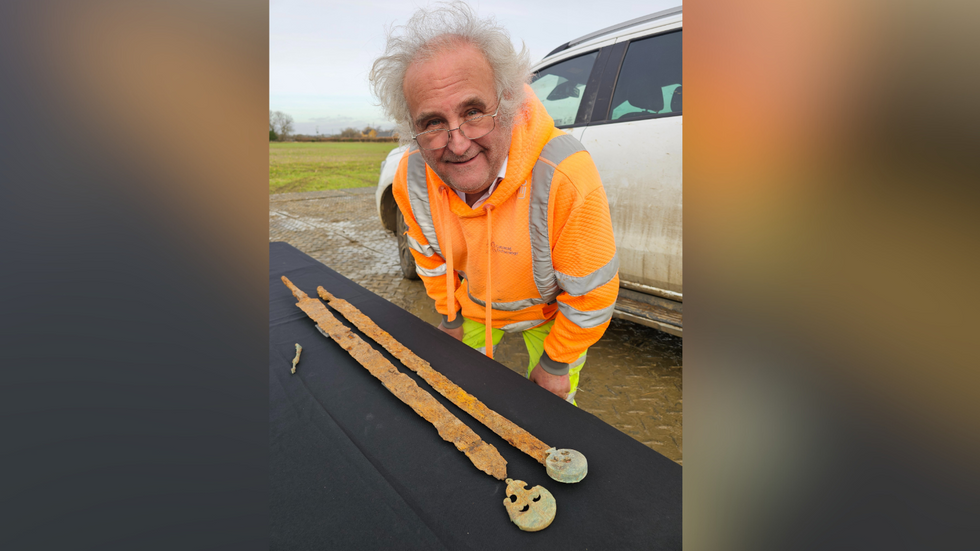
Peter Busby from Cotswold Archaeology with the Roman swords
|PA
Egyptologist Dr Zahi Hawass and his team of archeologists used 3D technology to reveal graffiti from workmen-gangs who built it.
The team also discovered the pyramid-builders tombs and animal bones which experts believe equated to enough to feed 10,000 workmen every day.


